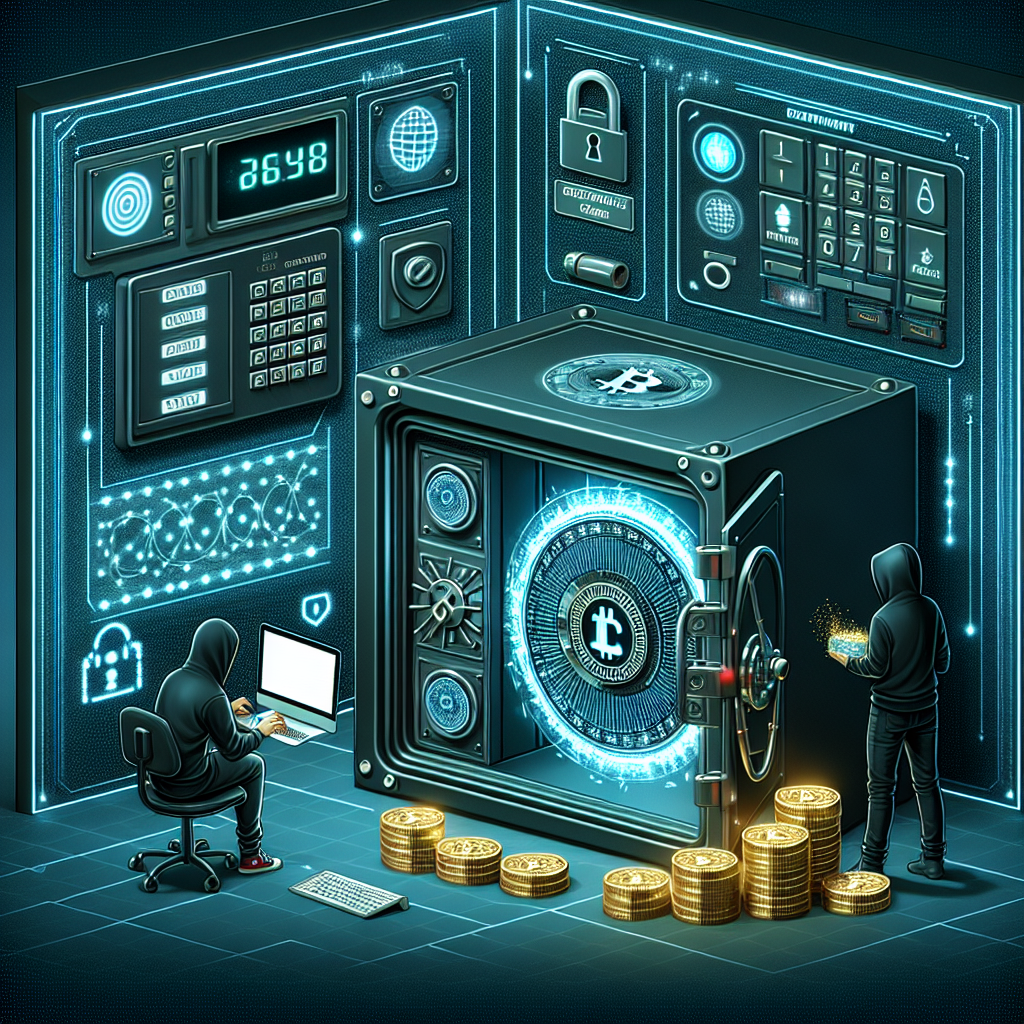
In an age where digital currencies like Bitcoin and Ethereum are gaining popularity, ensuring their security is paramount. Cyber threats and hackers target unsuspecting investors, making it essential to adopt robust security measures. This article discusses effective strategies to protect your digital assets and safeguard against potential threats.
Understanding Crypto Security
What is Crypto Security?
Crypto security encompasses a set of practices and technologies designed to protect cryptocurrency assets. It includes safeguarding private keys, employing secure wallets, and utilizing two-factor authentication (2FA).
Common Threats to Crypto Security
Hackers deploy various tactics to steal digital assets, including phishing attacks, malware, and exchange hacks. Understanding these threats is the first step in developing a secure strategy.
Best Practices for Securing Your Crypto Assets
1. Use Hardware Wallets
Hardware wallets are physical devices that securely store your private keys offline. Unlike software wallets that can be vulnerable to online threats, hardware wallets offer a much higher level of protection.
2. Enable Two-Factor Authentication (2FA)
2FA adds an extra layer of security by requiring not only a password but also a second factor, such as a text message or authentication app, to access your accounts. This significantly reduces the chances of unauthorized access.
3. Stay Informed About Phishing Attacks
Regularly educate yourself about the latest phishing scams. Always double-check URLs and avoid clicking on suspicious links in emails or social media.
4. Secure Your Devices
Keep your computer and mobile devices secure by installing reputable antivirus software and regularly updating your operating systems and applications.
Relate Searches
- Cryptocurrency security tips
- Protecting digital assets from hackers
- Best hardware wallets 2023
- Two-factor authentication for crypto trading
Frequently Asked Questions (FAQ)
What is the safest way to store cryptocurrency?
The safest way to store cryptocurrency is in a hardware wallet, as it provides offline storage and protection from online threats.
Can I recover stolen cryptocurrency?
Recovering stolen cryptocurrency is often challenging and not guaranteed. It’s crucial to report the theft to local authorities and blockchain analytics firms.
How often should I update my security protocols?
Regularly reviewing and updating your security protocols is essential. Aim for at least every six months or whenever you notice a new threat.
Conclusion
Ensuring the security of your digital assets requires vigilance and proactive measures. By understanding common threats and implementing best practices, you can significantly reduce the risk of losing your investments to hackers. Always stay informed and adapt your security strategies to the evolving landscape of crypto threats.
Interview
Q: What is the primary reason for cryptocurrency theft?
A: The main reason is the lack of awareness among investors. Many people don’t take basic security precautions, making them easy targets for attackers.
By incorporating these strategies and maintaining a keen awareness of potential threats, you can better protect your digital assets and enjoy the benefits of investing in cryptocurrencies. Remember, the responsibility lies with you to secure your financial future.
#Crypto #Security #Protect #Digital #Assets #Hackers

